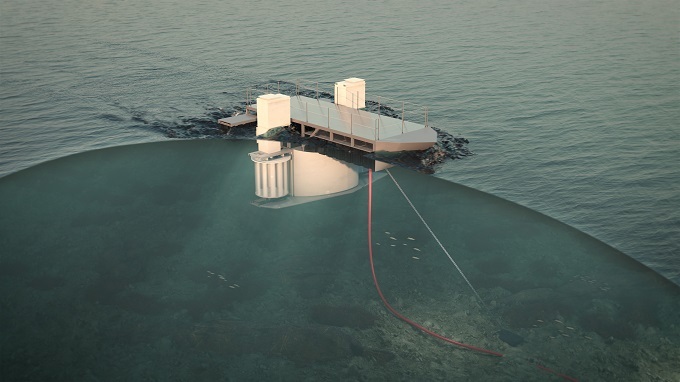Improved models for coal combustion processes
Coal constitutes one of the most widely used sources for energy production. Being the most abundant fossil fuel, it is expected to remain the mainstay of energy production within the years to come. However, coal combustion processes involve emissions of hazardous gases such as NOx. In an effort to stabilise and reduce these, it will be necessary to employ suitable control methods. With the aid of Computational Fluid Dynamics (CFD) models, the power industry has been looking into improving current design methods. These have become essential tools because of their ability to model physical fluid phenomena that couldn't be otherwise simulated or measured. In addition, they are able to investigate physical fluid systems more cost effectively and more rapidly than with experimental procedures. However, in many cases, these are insufficient to provide satisfactory results, such as the treatment of gas-solid combustion reactions. This is mainly due to the fact that they employ empirically derived rate constants and therefore, their computational capabilities are rather correlative than predictive. To cover this need, this EC funded project resulted in the development of improved models of the coal particle combustion processes. These physical and numerical models describe those processes that occur in pulverised coal flames. These models were later successfully tested in CFD simulations of full-scale burners against trial measurements. The project partners gave a better insight in many important aspects of coal combustion. These included the description of coal particle devolatilisation, particle swelling/fragmentation and char burnout. The project results can be potentially applied by full-scale installations. They could also optimise the combustion process in terms of performance and efficiency, and even lead to the development of novel fuels. Most importantly, they are expected to play an important role in promoting clean technologies for coal combustion, such as the development of low NOx burners.







